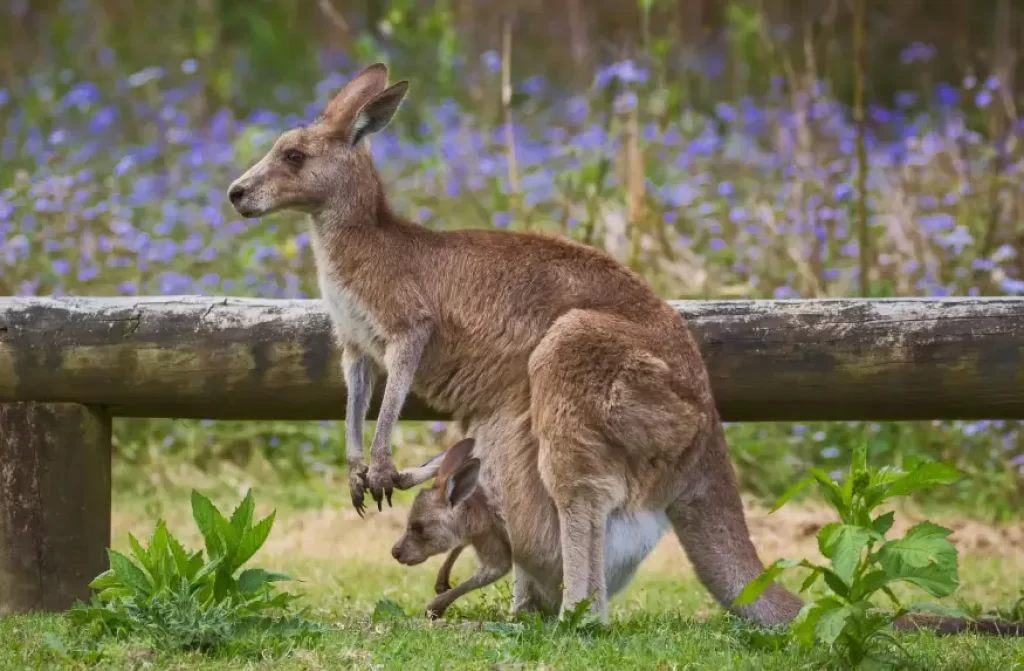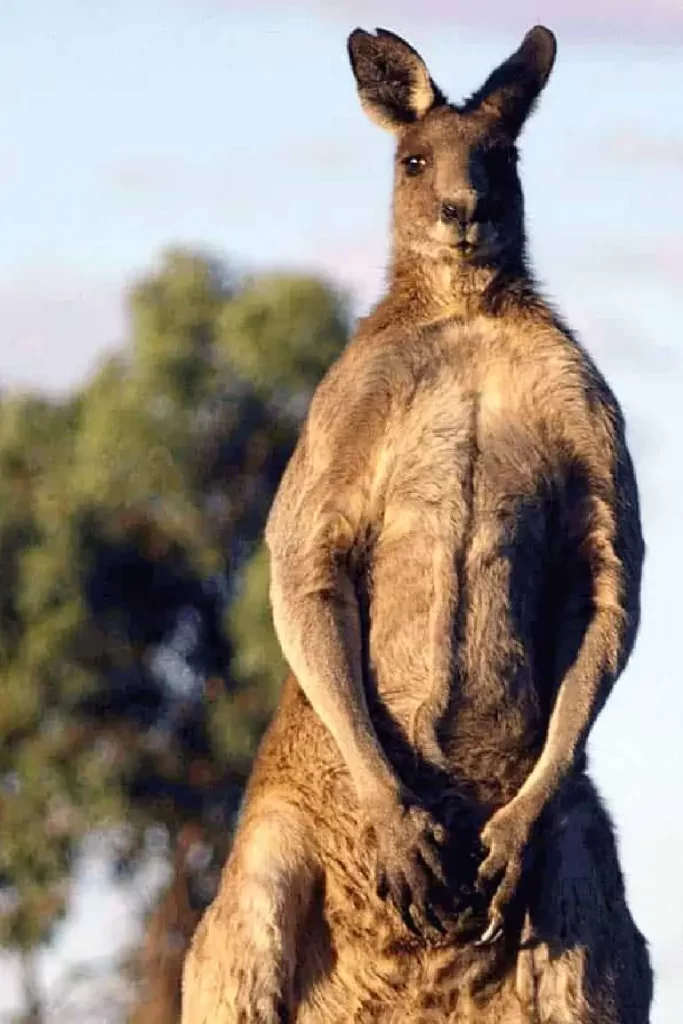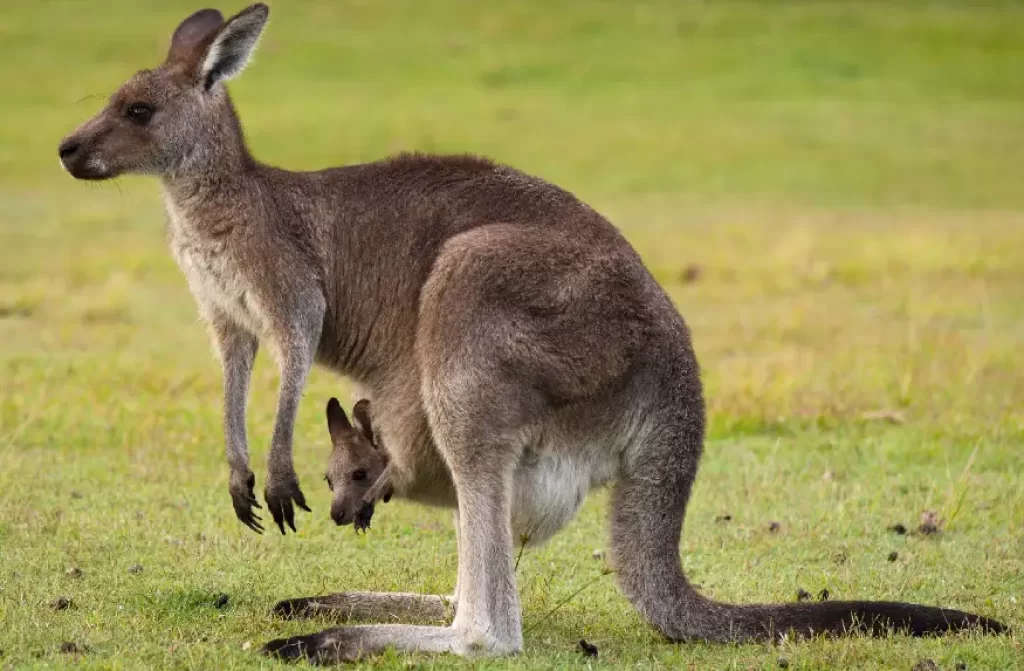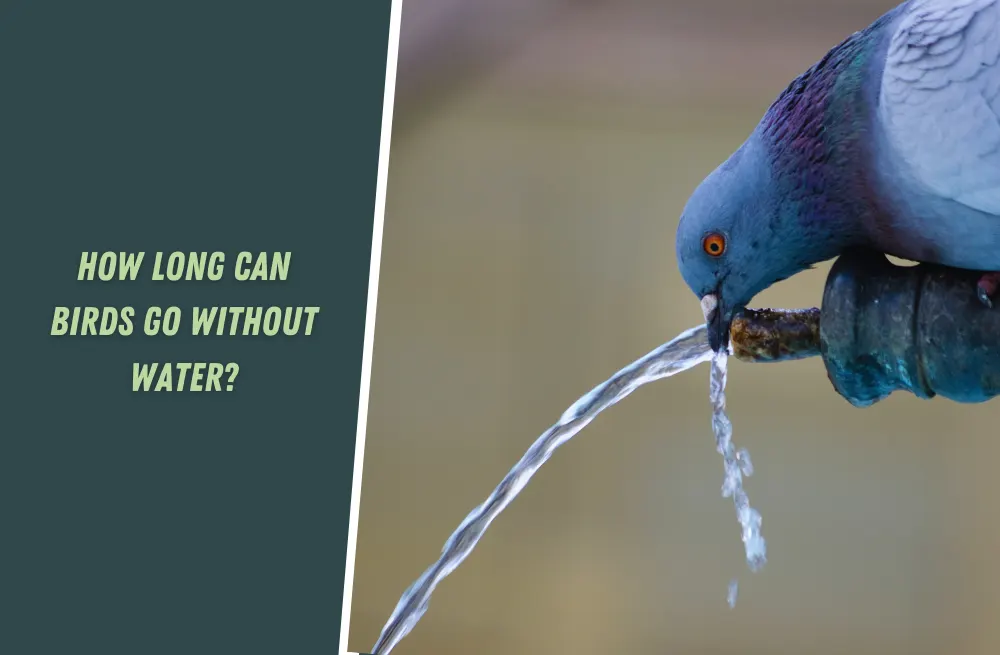No, kangaroos do not intentionally sacrifice their babies. The notion of kangaroo infanticide or maternal sacrifice is a myth that has been perpetuated by misconceptions and limited observations of certain behaviors exhibited by kangaroos.
While rare instances of infanticide have been observed, they are more related to reproductive strategies and individual survival rather than deliberate acts of sacrifice.
Kangaroos, especially female kangaroos demonstrate remarkable maternal care towards their offspring. They invest significant time and effort in nurturing and protecting their young, as their survival and development are crucial for the future of the kangaroo population.
Maternal care behaviors, such as carrying the joeys in their pouches, providing nourishment, and ensuring their safety, are essential for the well-being of the offspring.
In this article, we aim to debunk this myth and provide a more accurate understanding of kangaroo behaviors and their relationship with their young.
Understanding Kangaroo Parental Care

Kangaroos exhibit remarkable parental care, particularly female kangaroos or does, towards their offspring.
The process of kangaroo reproduction begins with a female giving birth to an underdeveloped joey, which then climbs into its mother’s pouch to continue its growth and development. Inside the pouch, the joey attaches to one of the mother’s teats, where it receives nourishment and protection.
The pouch provides a safe and nurturing environment for the joey, allowing it to continue its development outside the womb.
Female kangaroos are highly attentive to their joeys, constantly monitoring their well-being. They groom their young, ensuring cleanliness and hygiene, and adjust the pouch’s temperature and humidity to create an optimal environment for their offspring’s growth.
The mother kangaroo’s milk is specially adapted to the needs of the growing joey. It undergoes changes in composition as the joey develops, providing the necessary nutrients for its growth and development. The milk also contains immune-boosting components that help protect the joey from infections and diseases.
In addition to the pouch, female kangaroos also exhibit protective behaviors outside of the pouch. They keep a close watch on their joeys and intervene when they perceive any potential threat.
Female kangaroos will often lead their joeys to areas with abundant food and water sources, ensuring their nutritional needs are met.
The duration of maternal care varies among kangaroo species. In some species, such as the Red Kangaroo, joeys stay in the pouch for several months, gradually becoming more independent and venturing out for short periods before eventually leaving the pouch permanently.
Other kangaroo species have shorter pouch periods, with joeys spending more time outside the pouch while still relying on their mothers for protection and guidance.
The significance of maternal care in kangaroos cannot be overstated. The survival and successful development of joeys depend on the nurturing and protection provided by their mothers.
Through their devoted maternal care, female kangaroos contribute to the long-term survival of their species, ensuring the next generation can thrive and adapt to their environment.
Infanticide: Rare Occurrences and Misinterpretations

While instances of infanticide in kangaroos have been observed in rare cases, it is important to clarify that they should not be interpreted as intentional acts of maternal sacrifice.
Infanticide can occur in certain situations where a male kangaroo, known as a boomer, seeks to assert dominance or eliminate potential competition for mating opportunities.
In these rare instances, a male kangaroo may target a young joey, particularly if it is not their offspring, in an attempt to establish dominance and increase their chances of reproductive success.
This behavior is more closely related to reproductive strategies and individual survival rather than a deliberate act of sacrifice by the mother kangaroo.
It is crucial to understand that infanticide is not a widespread or common behavior among kangaroos. It is an exceptional occurrence that has been observed in certain kangaroo populations under specific circumstances. These instances should not be generalized to portray kangaroos as intentionally sacrificing their offspring.
Misinterpretations and misconceptions have contributed to the perpetuation of the myth of kangaroo infanticide or maternal sacrifice. Limited observations and a lack of comprehensive understanding have led to the mischaracterization of these rare behaviors.
It is important to consider the broader context of kangaroo behavior and reproductive strategies when examining such occurrences.
It is worth noting that the vast majority of kangaroos, particularly female kangaroos, demonstrate exceptional maternal care and investment in their offspring. They provide nurturing environments, nourishment, and protection to ensure the survival and successful development of their young.
You might also find interesting: Human vs Kangaroo: Who Wins the Ultimate Fight?
Alternative Explanations

Competition and Environmental Factors: Understanding the broader context of kangaroo behavior is essential in dispelling the myth of maternal sacrifice.
In the wild, kangaroos face various challenges, including limited resources, competition for mates, and harsh environmental conditions. These factors can influence the dynamics within kangaroo populations and occasionally result in behaviors that may be misinterpreted as maternal sacrifice.
Competition for resources, such as food and water, can be intense in certain regions where kangaroos reside. In such environments, mothers may prioritize their own survival and reproductive success over the survival of their young.
This can lead to situations where a mother kangaroo may abandon a joey or not provide adequate care if resources are scarce.
Additionally, the presence of dominant males, or boomers, within kangaroo populations can impact the behavior and reproductive strategies of females.
In some cases, a dominant male may kill the offspring of other males in order to eliminate potential competition and increase their own chances of passing on their genes. While this behavior may appear similar to infanticide, it is driven by reproductive strategies rather than intentional maternal sacrifice.
Harsh environmental conditions, such as drought or food scarcity, can also affect the survival of kangaroo joeys.
In challenging environments, mothers may prioritize their own survival and allocate resources accordingly. This can result in a lower survival rate for joeys, which can be mistakenly interpreted as intentional sacrifice.
Note: while rare instances of infanticide have been observed in kangaroo populations, they should not be misconstrued as deliberate acts of maternal sacrifice.
Natural Selection and Adaptation

Kangaroo behaviors, including those related to offspring, are shaped by the forces of natural selection. Over time, individuals with effective strategies for survival and reproduction are more likely to pass on their genes to future generations.
Kangaroos have evolved intricate adaptations to navigate their unique environments, including their reproductive strategies and maternal care behaviors.
Maternal care in kangaroos is a product of millions of years of evolution. The reproductive success of female kangaroos is closely tied to the survival of their offspring. As marsupials, kangaroos give birth to relatively underdeveloped young, known as joeys, who complete their development outside the womb in the safety of the mother’s pouch.
This intimate relationship between the mother and joey is essential for the survival and successful growth of the young kangaroo.
The process of natural selection has favored maternal care behaviors that promote the survival of offspring. Female kangaroos invest a significant amount of energy and resources in their young, providing nourishment, warmth, and protection within their pouches.
This close bond allows the joey to continue developing while receiving vital nutrients and immunity from the mother.
The misconception of maternal sacrifice in kangaroos arises from limited observations and a lack of understanding of the evolutionary pressures that shape their behaviors.
While there are rare cases of infanticide or abandonment, these occurrences are exceptions rather than the norm and must be viewed within the larger framework of reproductive strategies and population dynamics.
It is important to note that not all kangaroo species exhibit the same reproductive behaviors and strategies. Different species have evolved unique adaptations to suit their specific environments and social structures.
For example, the red kangaroo, the largest kangaroo species, has a different reproductive system compared to smaller kangaroo species, such as the grey kangaroo. These differences highlight the diversity of reproductive strategies and maternal care observed among kangaroo species.
Note: kangaroos have evolved complex reproductive strategies and maternal care behaviors driven by natural selection. While rare instances of infanticide or abandonment have been observed, they should not overshadow the remarkable maternal care demonstrated by female kangaroos.
Conclusion
The claim that kangaroos intentionally sacrifice their babies is not supported by scientific evidence. Misconceptions and limited observations have led to the perpetuation of this myth. By examining kangaroo behaviors within their proper context and considering the complexities of their natural environment, we can gain a more accurate understanding of the remarkable parental care exhibited by these iconic marsupials.







